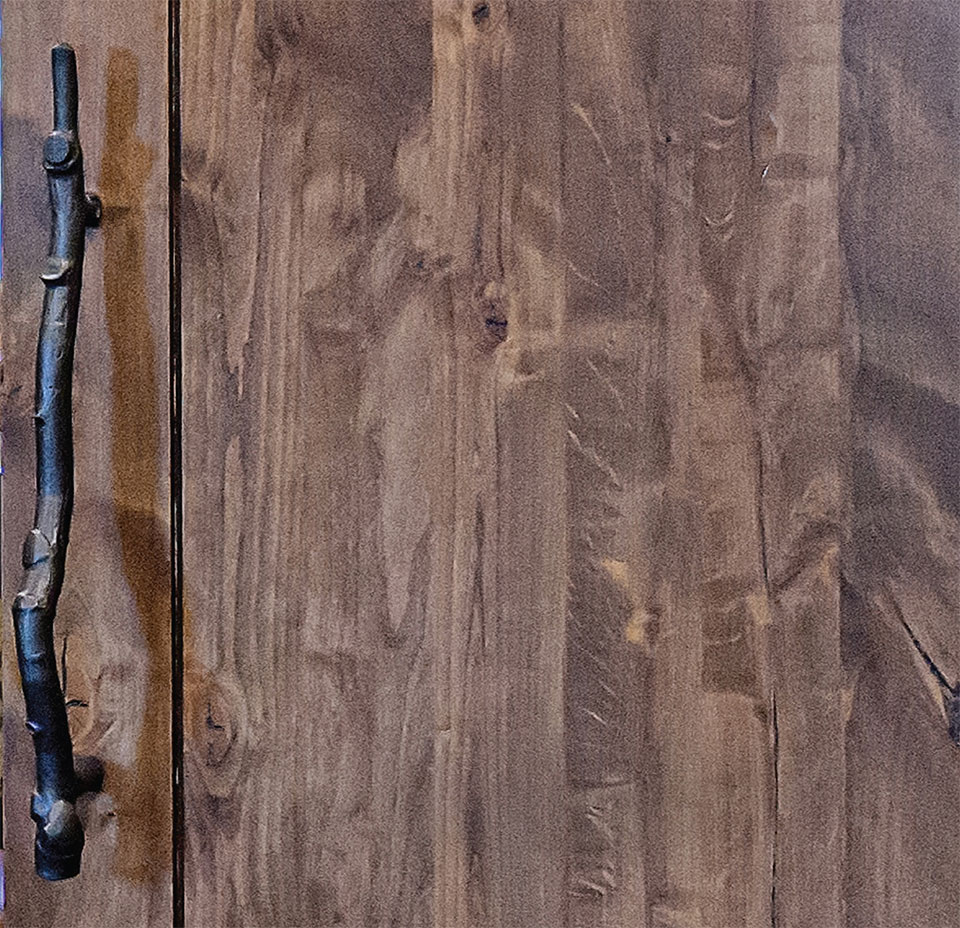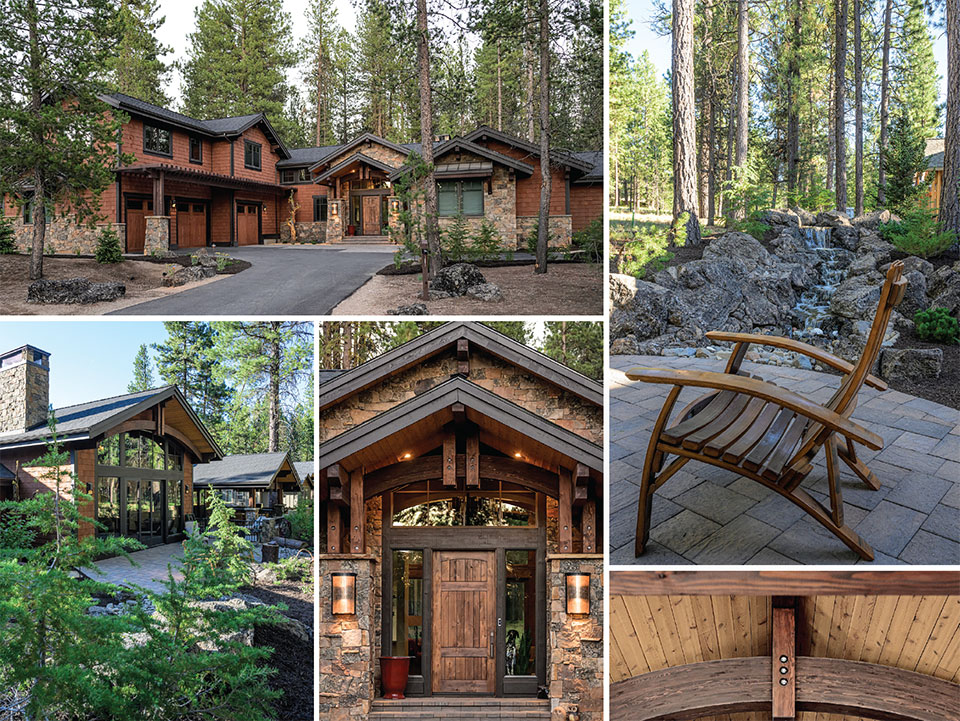7 Keys to a Successful First Homebuilding Experience
Rob Kelleher, of Bend’s Kellcon Homes, highlights some of the most common errors he sees from first-time homebuilders, and to how to easily avoid them.
by Geoff Nudelman

“We tell everyone to get on Pinterest, and find things that you like. A designer can take it from there, and we at least have a visual to work from. What someone tells us they like and what they actually like is not always the same thing.”
–Rob Kelleher, Owner, Kellcon Homes
Since 2007, Rob Kelleher has established himself as one of Central Oregon’s most sought-after contractors. Through various commercial and residential projects, and now through Kellcon Homes, he’s built a reputation as a supportive, progressive home builder and renovator, especially for clients concepting custom projects.
In his time in Central Oregon, he’s seen and learned plenty about what goes into a successful homebuilding experience. From the earliest steps to the final stages, there are a number of easily-avoidable mistakes that can lead to a much happier project on both sides. The following are seven things he advises prospective homebuilders to consider as they get underway with their own projects.
1. Pick the right team
Building that dream home starts with bringing together the right team to bring the vision to life. “Whether contractor, designer, architect, or interior lead, they all play an important role in realizing the final product,” Kelleher says. Take the time to interview more than one person in each role, and think about how each person’s expertise and style matches up with the desired final result. After all, this team will oversee the home being built from its earliest ideation through to the day the keys are handed over.
2. Be realistic about your budget
Kelleher notes that clients will often hold details about their budget until after a project has been priced out, and it almost always leads to a project that starts off overbudget. “It results in a lot of redesign, which ends up adding more time to the total project,” he says. “So, we’ve started asking in almost every first meeting with a client what their budget is, so we can avoid coming in over budget.” Prospective homebuilders may not realize how big and resource-intensive a home build can be until the general contractor scopes it out. “People are often looking at one size, but arrive at a meeting with drawings of something completely different,” he adds.
3. Leave the work to the professionals
While it can be tempting to provide copious amounts of input at every step of the process, Kelleher says that professional designers and contractors have access to different information and resources compared to clients, so processes like design are best left to the pros. “We tell everyone to get on Pinterest, and find things that you like,” he advises. “A designer can take it from there, and we at least have a visual to work from. What someone tells us they like and what they actually like is not always the same thing.” In recent projects, clients have been asking for “middle-of-the-road finishes,” which can mean a $45 faucet to one client, but a $1,000 fixture to another. “Half of our clients are reluctant to work with an interior designer, and people don’t realize how hard that process can be (doing on it their own), but those who work with a designer always end up thrilled with the end result,” he says.

4. Trust the process
“Let the project managers manage the project,” Kelleher says. When clients try to manage the build themselves, it often slows the project down as a whole as workers on-site stop what they’re doing to cater to the client, rather than stay on-track with the construction schedule. That doesn’t mean clients can’t stop by to check on progress: Kelleher will try to set meetings with clients once a week early on in a build while making key decisions (like colors, finishes, and materials) and continue meetings at a meaningful cadence as the home progresses.
5. Plan & design for a changing climate
Central Oregon is on the front lines of more frequent extreme weather and wildfires, and it’s evolving the homebuilding process to meet these needs for more resiliency. “Outside spaces need protection from wind, shade, and heat,” Kelleher advises. There are specific areas of a home that will remain cooler during different parts of the day, depending on weather, and it’s often advantageous to build multiple outdoor spaces for that reason alone. He even recommends having a driveway facing south to limit snow and ice buildup through the winter that most north-facing driveways endure. There are also new regulations in Deschutes County (outside Bend’s jurisdiction) concerning flammable material clearance around a home’s perimeter, and fire sprinkler protection if a home is over a certain square footage. One example? Fire entering a home through vents and soffits. The solution? Spray foam. “If you spray foam the roof, you won’t need soffit vents and outside fire can’t get through to the attic,” he says.

“Think about things like where you need power, where you’ll need storage, how you’d use both. Think about where you and your family spend the most time and how that might translate into a new build.”
–Rob Kelleher, Owner, Kellcon Homes
6. Whenever possible, make key decisions early
Waiting to make key decisions until later in the construction process only serves to slow down everything. “Making decisions on the fly is the wrong way to do it,” Kelleher notes. Making – and sticking to – early decisions means that clients can secure material and labor pricing sooner. Kelleher says that subcontractor availability in Deschutes County is still incredibly tight (alongside the broader housing market), and any delayed decisions can shift a subcontractor off the current project and onto another. “Projects that took nine months before are now taking 12-13 months,” he adds.
7. Think about each room in your current home & how you live in it
Kelleher encourages clients to walk their current home and understand how they’re really living. Even physically measure out the most-used spaces. “Think about things like where you need power, where you’ll need storage, how you’d use both,” he says. Think about where you and your family spend the most time and how that might translate into a new build. The better you can hone in on those areas early in the process, the more effective – and rewarding – your new home will be.
